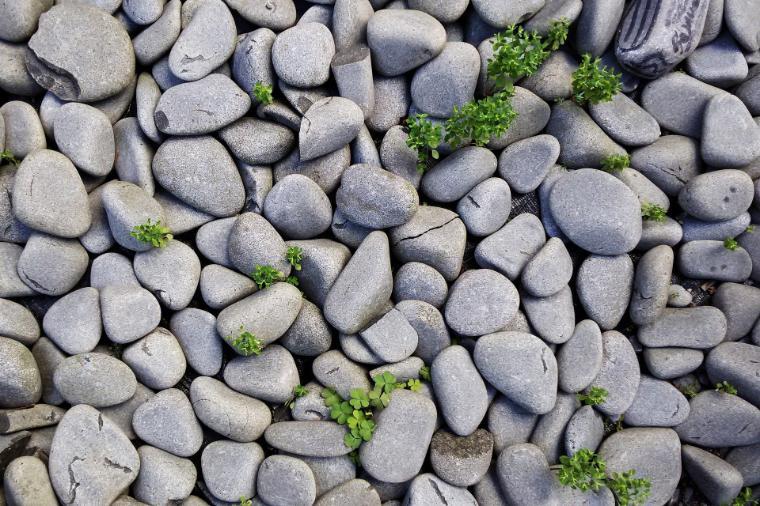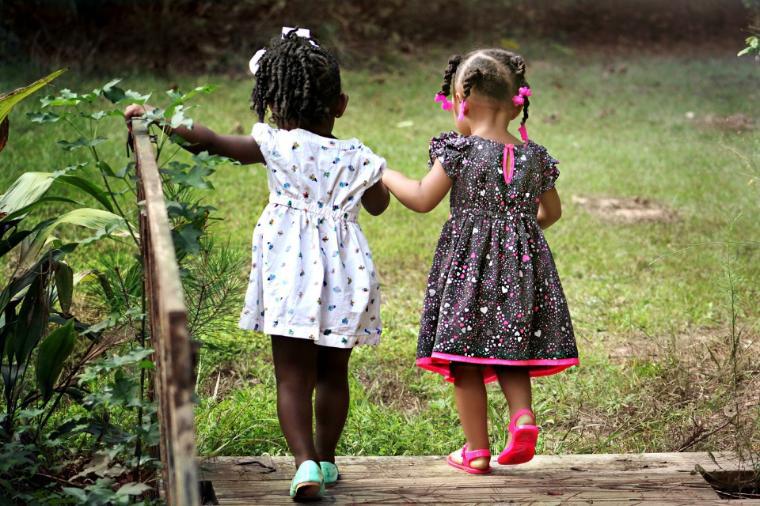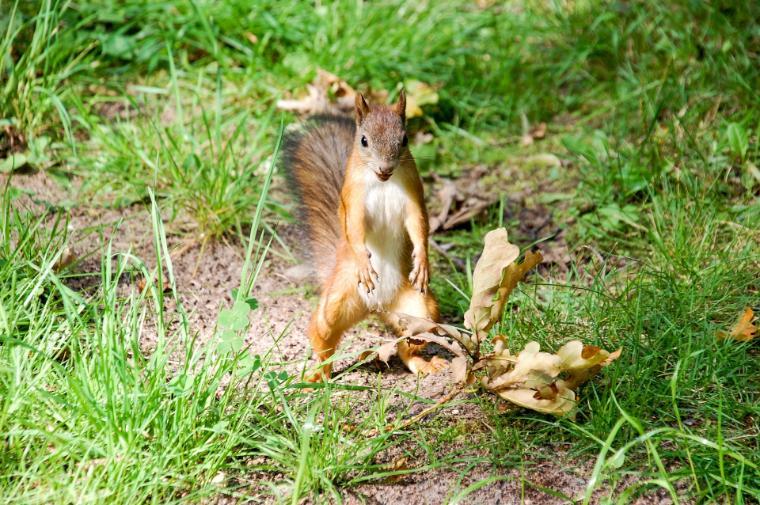Journaling | A How-To Video on Repurposing Paper Grocery Bags from the Store

Our How-To videos are learning prompts designed to increase environmental awareness as we find new uses for old things, keeping us creative as we reduce waste going to our landfills.
Our 2020 Summer Garden Intern and ESS major, Vanessa ‘21, created our cornerstone How-To Make a Paper Bag Journal that would help us launch our virtual garden-based learning projects. This simple upcycle craft has several corresponding lessons, for any teacher, parent or caregiver interested in finding ways to incorporate language arts!

Once you've made a paper bag journal, go on a rock hunt! Take a walk in your neighborhood or explore a park or backyard. When you are on a rock hunt, remember it's important to get close to the ground. Sometimes you might even get so close, your nose will almost be touching the earth! Afterward, follow along to this special rock hunt journal lesson created by students in Urban Education and Multiculturalism Winter ‘21.

Let's think about how we take in the world around us. Let's think about our senses. Next time you're out and about in the fresh air, pay attention to what you hear. Can you count the different birds chirping? Stop for a moment, on a walk, to close your eyes. What does the sun feel like on your face? We often take a hand lens with us into the garden, so we can really look closely at a leaf or flower. Take your journal outside, then watch this five senses journal lesson created by students in Urban Education and Multiculturalism Winter ‘21.

In a garden, park, backyard, or even a soccer field, we can find animals such as ladybugs or worms. We want to be gentle with the living things we find as we explore our outdoor world. We also want to learn to be gentle as we investigate the places where they live. This journal lesson created by students in Urban Education and Multiculturalism Winter ‘21 guides us in thinking about habitats, or the places where animals live. Take out your journal work and show what you know about habitats big and small.